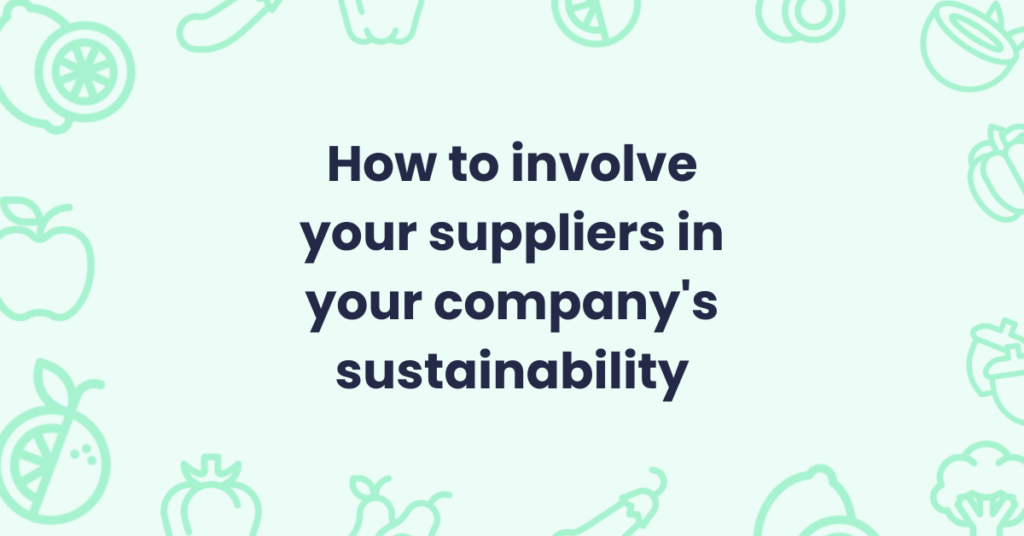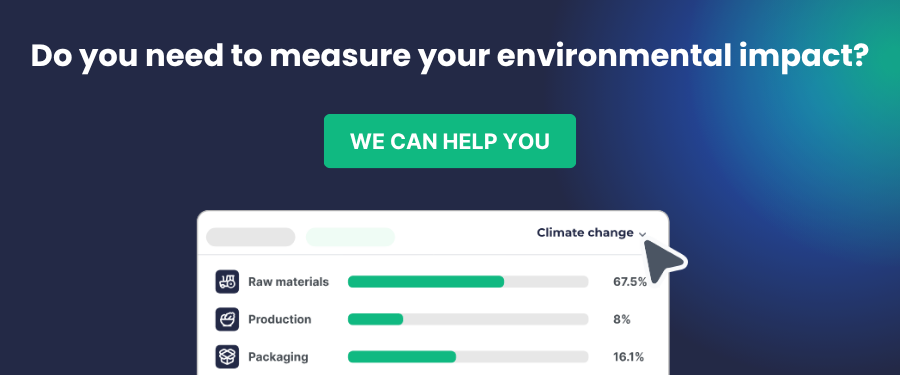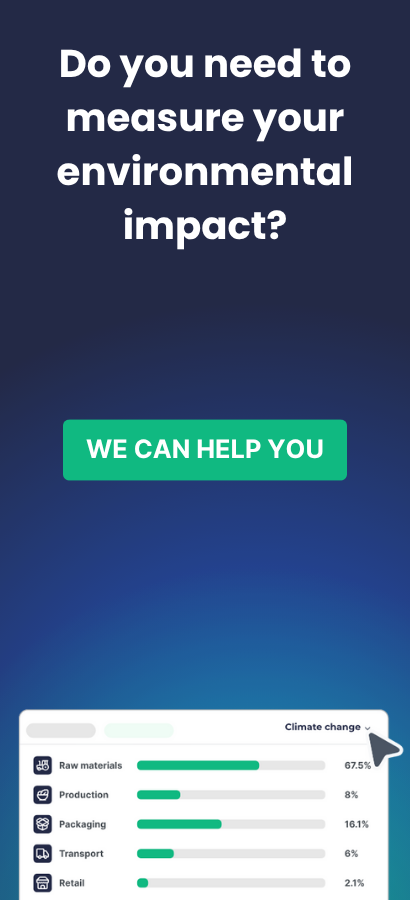In today’s context, companies cannot progress in their sustainability goals without the active collaboration of their suppliers. Supply chain sustainability is essential not only for complying with regulations such as the CSRD (Corporate Sustainability Reporting Directive) but also for ensuring a positive impact on the environment and society. In this article, we present effective strategies to engage your suppliers in your sustainability strategy and improve transparency through ESG data collection.
Why it’s important to involve your suppliers in sustainability
Suppliers are responsible for a significant part of the carbon emissions and other environmental and social impacts in a company’s value chain. If companies want to meet sustainability requirements, such as reducing their carbon footprint, using sustainable materials, or reducing waste, they must ensure their suppliers are aligned with these goals.
Benefits of collaborating with your suppliers in sustainability:
- Regulatory compliance: Meet ESG regulations, such as the CSRD, which require detailed reporting on supply chain sustainability.
- Risk reduction: Minimize risks associated with climate change, human rights violations, or worker safety.
- Competitiveness improvement: By working with suppliers committed to sustainability, your company can reduce costs, enhance reputation, and attract responsible investors.
- Transparency and trust: Increase investor and consumer confidence through improved traceability and transparency in the supply chain.

Strategies for involving your suppliers in sustainability
Engaging your suppliers in a solid sustainability strategy requires a collaborative and long-term approach. Here are the best strategies to achieve this:
- Set clear expectations from the start
It’s essential that suppliers understand from the beginning that sustainability is a priority for your company. By including sustainability criteria as a key requirement in contracts and supply agreements, you lay the foundation for long-term collaboration.
Tip: Integrate clauses on ESG data collection into your contracts. Specify which indicators they must report (e.g., carbon footprint, recycled materials use, working conditions) and the frequency of reporting, as well as the thresholds they need to meet.
- Provide training and resources
Not all suppliers have the knowledge or resources needed to meet ESG standards. Offering training and technical support can help them improve their sustainability practices and increase the quality of the data they provide.
Suggestion: Organize workshops or webinars on calculating carbon footprint, eco-design, circular economy, and relevant ESG regulations. Ensure you offer practical examples and tools that suppliers can easily implement.
- Encourage collaboration through incentives
Offering incentives can be an effective way to encourage suppliers to improve their sustainability performance. These incentives may include long-term contracts, public recognition, or preference in future bids.
Possible incentives:
- Extended contracts for suppliers who meet or exceed ESG goals.
- Sustainable supplier certifications that recognize supplier efforts in sustainability areas.
- Priority access to new projects or contracts for suppliers adopting sustainable practices.
- Implement a digital system for tracking ESG data
Manual ESG data collection can be complex and error-prone. Using a digital platform to manage ESG data collection and analysis simplifies the process for both your company and suppliers, ensuring transparency and efficiency.
Advantages of a digital platform:
- Standardizes data formats, making them easier to compare.
- Provides suppliers with a centralized portal to upload their ESG information, improving transparency.
- Automates the tracking of supplier compliance with regulations.
- Conduct regular audits to ensure compliance
It’s important to verify the accuracy of the ESG data provided by your suppliers, as well as to check the implementation of the sustainability measures they may have committed to through regular audits. This not only ensures that the data are reliable but also helps identify areas for improvement in their sustainability practices.
Suggestion: Consider internal or external audits. External audits offer a more impartial and reliable assessment, ensuring suppliers comply with international standards and regulations.
- Develop long-term relationships based on sustainability
Long-term business relationships can be more sustainable, as they allow companies and their suppliers to evolve together toward more responsible practices. Foster a culture of continuous improvement, where both your company and suppliers work together to achieve sustainability goals over time.
Tip: Hold regular meetings to review progress toward ESG goals and discuss opportunities to implement new sustainable solutions in the supply chain.
- Prioritize selecting suppliers with environmental and social certifications
Working with suppliers who already have certifications demonstrates the company’s commitment to the environment and society. Management System certifications like ISO 14001 (environmental), ISO 50001 (energy efficiency), and SA8000 (social responsibility) indicate that a supplier dedicates resources to sustainability-related aspects.
Suggestion: Establish a supplier selection process that prioritizes those with recognized certifications.
How collaboration with suppliers improves ESG transparency
Collaborating with suppliers not only drives sustainability in the supply chain but also enhances the overall transparency of ESG data. With the CSRD requiring more detailed and comprehensive reporting, working closely with suppliers to obtain accurate and verifiable data is essential.
Benefits of increased ESG transparency:
- Risk mitigation: Identify environmental or social risks before they become issues, allowing you to manage them proactively.
- Reputation strengthening: Transparency reinforces your company’s reputation as a sustainability leader, attracting customers and partners who value environmental and social commitment.
- Efficient compliance: Facilitates the preparation of accurate and detailed ESG reports, allowing your company to comply with the CSRD and other regulations more efficiently.
Conclusion
Involving your suppliers in your company’s sustainability efforts is an essential step for meeting regulations like the CSRD, reducing supply chain risks, and advancing toward a more sustainable future. Through training, collaboration, and the use of digital tools, you can improve ESG data transparency and ensure that your suppliers align with your long-term sustainability goals.



